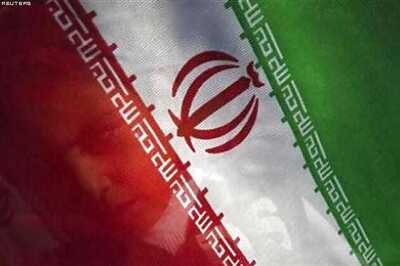
views
Even as the New Tax Regime became the default option this year, there emerges a distinct preference, with 63% takers for the Old Tax Regime, owing to the tax-saving benefits and a sense of security offered by long-term savings instruments that one can leverage in the former. On the other hand, 37% of Indians opt for the new regime of the Income Tax.
The majority of respondents in the 18-50 age group chose the old regime, signalling a growing openness towards long-term investments.
Policybazaar.com recently conducted “India’s Investment Readiness” survey across 350 cities with those who fall within the taxable income bracket.
The findings also revealed a heartening level of proactiveness as 71% of respondents based their choice on meticulous calculations. Notably, there’s a shift in gender dynamics, with 74% of women calculating tax liability under both regimes, slightly exceeding the 71% of men.
A deeper analysis of investment behaviour across gender, region, employment type, and age groups indicates that there is a growing trend of financial prudence across India.
Long-term investment mindset gains traction
Age-wise, the report indicates a shifting mindset as 62% of respondents in the 18-30 age bracket who would typically be expected to choose short-term investments and gains, opted for the Old Tax Regime citing long-term investments as the reason.
Sarbvir Singh, president and joint-group CEO, PB Fintech, said, “Taxpayers are now considering both immediate tax benefits and long-term gains from retirement-linked instruments like provident funds, pensions, and insurance. This is in perfect alignment with our 15-year-long mission of helping Indian consumers make more informed financial decisions. This trend is a testament to the continued efforts by government bodies and financial institutions to promote financial literacy, fostering a more resilient and informed financial ecosystem in India.”
Metros Most Financially Aware; Tier 2 & 3 Not Far Behind
Across locations and genders, a positive trend emerges — demographic sections that have traditionally had limited access to financial knowledge are on a recovery path because of their keen, calculation-based involvement in financial planning.
Tier-I respondents display a maximum propensity to save tax through long-term investments as 69% chose the Old Regime. Interestingly, Tier 2 and 3 respondents aren’t far behind, with 61% and 59%, respectively, consciously opting for the Old Regime and strategically planning their investments.
Southern India shows the highest investment readiness with 65% takers for the Old Regime, but even in the North, West, and East, this statistic sits well above 50%.
PPF and Life Insurance Most Preferred Tax-saving Instruments
The survey highlighted PPF and life insurance (including ULIP and traditional policies) as the most favoured tax-saving instruments, chosen by 39% and 34% of respondents, respectively. The survey covered an array of tax-saving tools, including ELSS, home loans, NPS, SSY, Tax Saver FD, donations/ charity, SCSS, NSC, Infrastructure Bonds, and education loans, with percentages ranging from 3% to 39%.
The emergence of Insurance and PPF as top tax-saving tools reflects a shift from traditional savings instruments towards diversified investments.
These key findings underscore a collective shift in financial behaviour, with Indian consumers showcasing heightened awareness, prudent decision-making, and a preference for long-term financial stability. The growing popularity of insurance as a preferred tax-saving instrument reflects a nuanced and evolving financial landscape, suggesting a more secure and forward-looking future for India’s investors, the survey added.
















Comments
0 comment